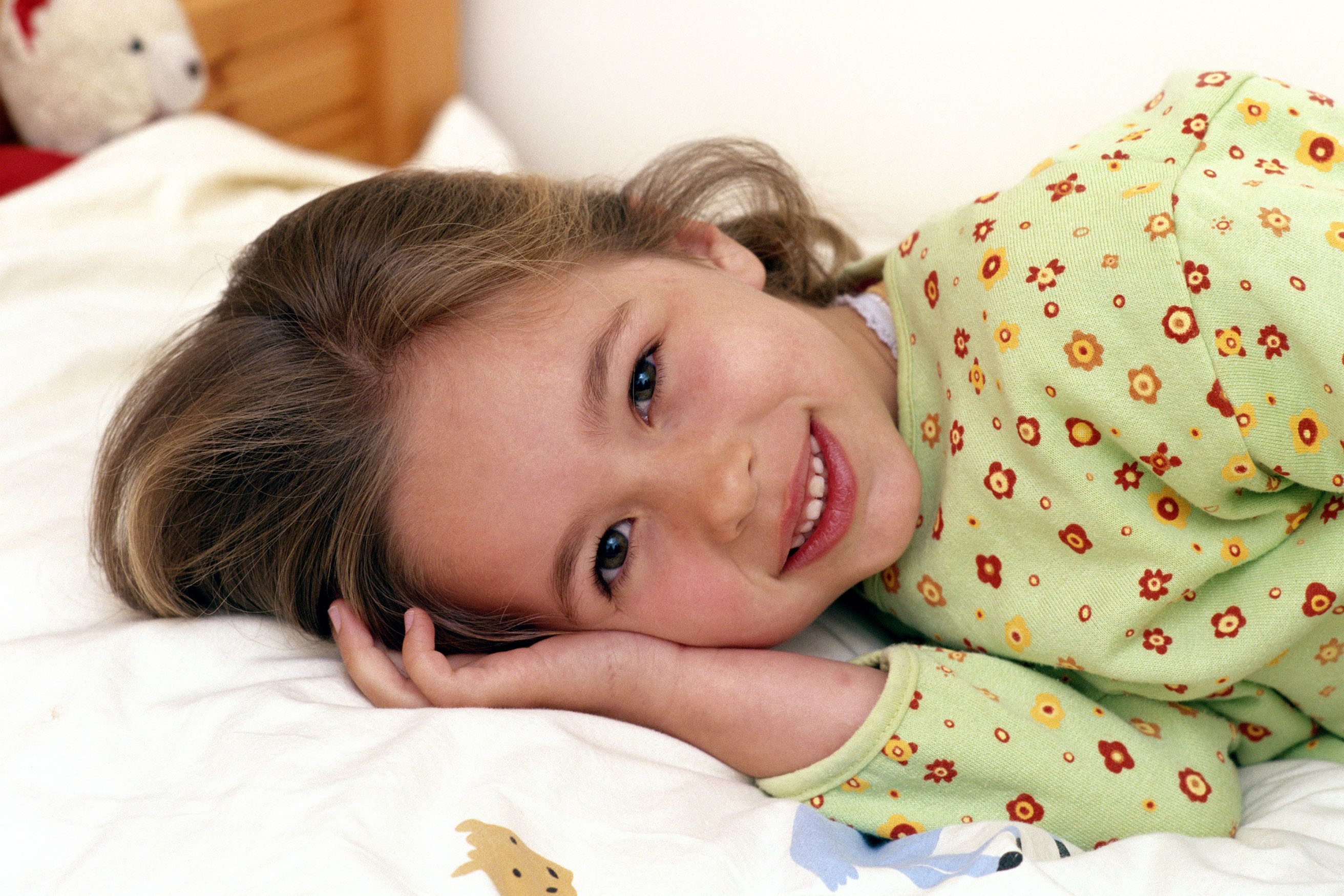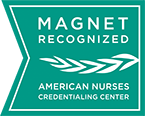Children learn through imitation.
Modelling means to demonstrate. If your child is not using words, interpret what he/she is trying to communicate and then say the word for him/her to hear. This will help your child to learn the word that goes with an object or action. You can do this by labelling or naming objects, pictures or actions that interest your child. For example, while you are dressing your toddler, he/she may reach to a pair of socks. You could then say the word ‘socks’ with a gesture or action. Another example would be when your child is looking and reaching for a ball and you could model “ball…a big ball”.
It is important to use the appropriate language level so use single words as well as short and simple sentences when modelling language. The language you use should be familiar to your child. So, use simple words that are appropriate and relevant for your child. Use language only slightly above that of your child. If your child doesn’t use words, focus on only using single words. If your child is using single words, try and use two-word sentences. Producing sentences at your child’s level is much easier for your child to copy, understand and learn.
For example:
Child: pointing at a dog and making sounds
Parent: dog… he’s a big dog… nice dog.
Hearing shorter sentences (e.g. 1-3 words) at a time will make it easier for your child to understand the key words which will help them to learn new words or ideas. Slow down your speech rate and emphasize key words while still modelling a grammatically correct sentence. Emphasis can also be added with gestures and facial expression.
For example:
Toddler: looking at a dog
Parent: It’s a DOG (points to dog). It’s a BIG dog (use hands to show big)
Children with language delays need to be exposed to a word at least 6 times more than children without language delays. Children learn easier when they have heard a new word lots of times. By repeating the same word or phrase your child will find it easier to focus on the new sound or words and to associate them with what is happening. Provide words and short phrases with lots of repetitions to help your child understand and try to copy new words. Talk to them about what you are doing, what he is doing, what his toys can do. After you’ve modelled a word a few times, wait a few seconds to see if your child can try to copy you. You don’t need to insist that they say it, but sound as if you are anticipating them saying it, “Look Michael, it’s a…” (wait). Wait for at least 10 seconds and then model the word.
When your toddler shows an interest in what you are doing, talk about it. If you share the experience, your words and actions will have more meaning. Use simple phrases and sentences. As discussed, be repetitive with your language. For example: Dog…yes, I see a dog…it is a big dog….

Increase comments by using different types of words
- Naming words e.g. dog, bus
- Describing words e.g. small, blue, quiet
- Action words e.g. run, eat
- Feeling words e.g. angry, sleepy
- Location words e.g. in, out, on
- Social words e.g. hi, yay
- Belonging words e.g. yours, mine, mummy’s
- Question words e.g. who, where
These may be modelled as one word or a short sentence. You need different types of words to make 2-word combinations and most importantly you need a verb (action word) to make a sentence.
Verbs Pave the Way for Language Development (hanen.org)
Gogate, L., & Maganti, M. (2017). The Origins of Verb Learning: Preverbal and Postverbal Infants' Learning of Word-Action Relations. Journal of speech, language, and hearing research : JSLHR, 60(12), 3538–3550. https://doi.org/10.1044/2017_JSLHR-L-17-0085
Let's watch...
Describing words such as smooth and bumpy.
Describing words such as big and yummy. Number words such as one. Body parts such as tummy. Social words such as please and ta. Action words such as sit.
Caregiver Self Reflection
- What types of words will you model with your child?
- What are some examples of these words?




